How to Use Diatomaceous Earth for Ants (Safely and Effectively)
Got ants? Learn exactly how to use diatomaceous earth to get rid of them naturally—without harsh chemicals or sprays.
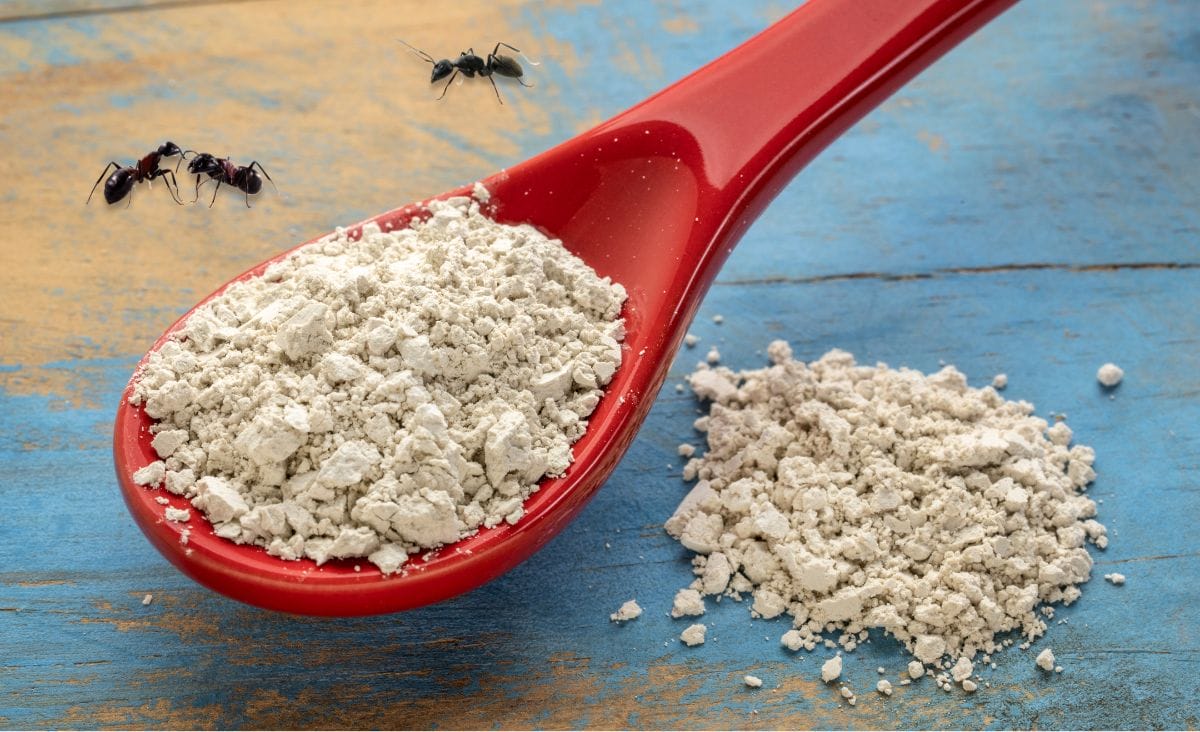
There’s nothing quite like waking up to that first line of ants trailing across your counter—especially when you just cleaned. Been there. More than once. The worst part is that they always seem to show up when you’re already behind on everything else, and suddenly you’re on your hands and knees, flashlight in one hand and paper towel in the other, wondering where the heck they’re getting in.
After years of trial and error (and a few too many ant traps that didn’t live up to the hype), I found one natural method that actually works: diatomaceous earth. If you’ve heard of it but aren’t quite sure how to use it—or whether it’s safe in a home with kids, pets, or chickens—you’re in the right place.
Can Diatomaceous Earth Get Rid of Ants?
Absolutely. Diatomaceous earth (DE) is one of the most effective natural ways to eliminate ants without using harsh chemicals. Whether they’ve set up shop in your kitchen, along your foundation, or inside your chicken coop, this fine white powder can help you knock them out—safely.
Let’s dig into how to make the most of this affordable, nontoxic pest control powerhouse.
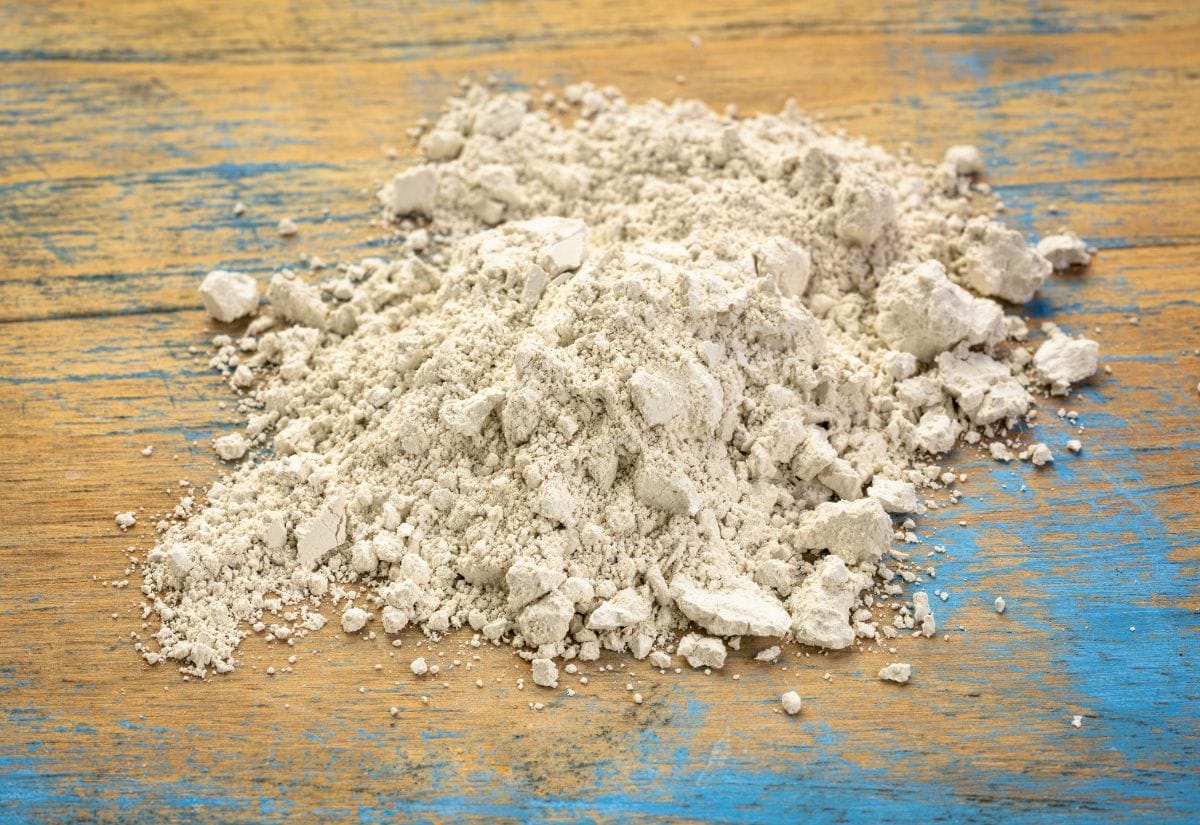
What Is Diatomaceous Earth and Why Does It Work?
Diatomaceous earth is a soft, powdery substance made from fossilized diatoms—tiny aquatic organisms. Under a microscope, the particles look like shards of glass. That’s important because it’s how DE actually works.
When ants (or most insects) walk through the powder, those microscopic edges pierce their exoskeletons and absorb their protective oils. They dehydrate from the inside out. Sounds brutal, but it’s highly effective—and totally safe for humans and animals when you use food-grade DE.
I keep a shaker of DE in my pantry for indoor ants and another in the barn to use around the coop and feed bins. It’s become a staple around here for dealing with everything from ants to mites without resorting to chemicals.
How to Use Diatomaceous Earth for Ants
Now that you know why diatomaceous earth works, let’s walk through exactly how to use it effectively. It’s not complicated, but there are a few common mistakes to avoid—starting with the type of DE you buy.
Step 1: Choose the Right DE
Make sure you’re using food-grade diatomaceous earth—not pool-grade. Pool-grade is chemically treated and not safe for use around food, pets, or people.
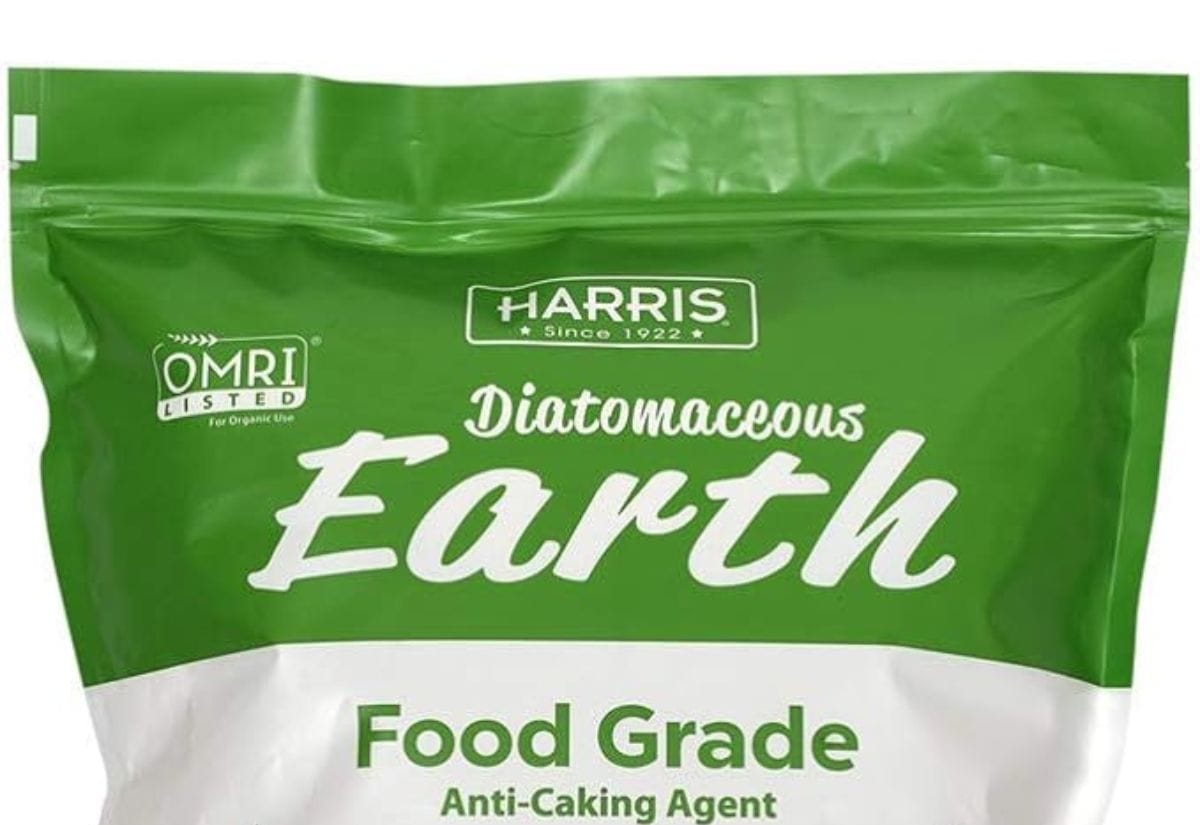
Step 2: Identify Where the Ants Are Coming From
Track down:
- Entry points (cracks, windowsills, doors)
- Trails along the baseboards or countertops
- Outdoor paths leading into the house
Tip: If you can’t tell where they’re coming in, sprinkle a bit of flour or cornmeal along likely paths and check back in an hour. You’ll see their tracks.
Step 3: Apply a Thin Layer of DE
Here’s where most people go wrong: you want a very thin, almost invisible layer. If ants see a big pile, they’ll walk around it. You can apply DE:
- Along baseboards and under appliances
- In cracks and crevices
- Outside around the foundation, patio edges, or coop perimeters
I like using an old spice shaker or repurposed Parmesan cheese container for easy application.
Step 4: Reapply as Needed
- Indoors: Leave DE in place for 2–3 days, then vacuum it up and reapply if ants return.
- Outdoors: Reapply after it rains or gets damp. Moisture reduces effectiveness.
Safety Notes
- Always use food-grade DE around pets, children, and edible plants.
- Avoid breathing in the dust—it’s not toxic, but it can irritate your lungs if inhaled in large amounts.
- Wear a dust mask when applying large amounts indoors or in enclosed spaces.
Other Natural Remedies for Ants
While diatomaceous earth is my go-to, here are a few other options I’ve used or tested:
- Boiling water: Straight into outdoor ant hills (don’t use near plants you want to keep).
- Vinegar spray: Mix equal parts vinegar and water to erase scent trails.
- Cinnamon or clove oil: Strong-smelling deterrents ants hate. Sprinkle in problem spots or mix with water for a spray.
- Peppermint essential oil: I mix it with vinegar and spray it along the entry points of the house. It’s a strong deterrent and smells great too.
These options aren’t always long-lasting, but they’re great for quick fixes or working alongside DE.
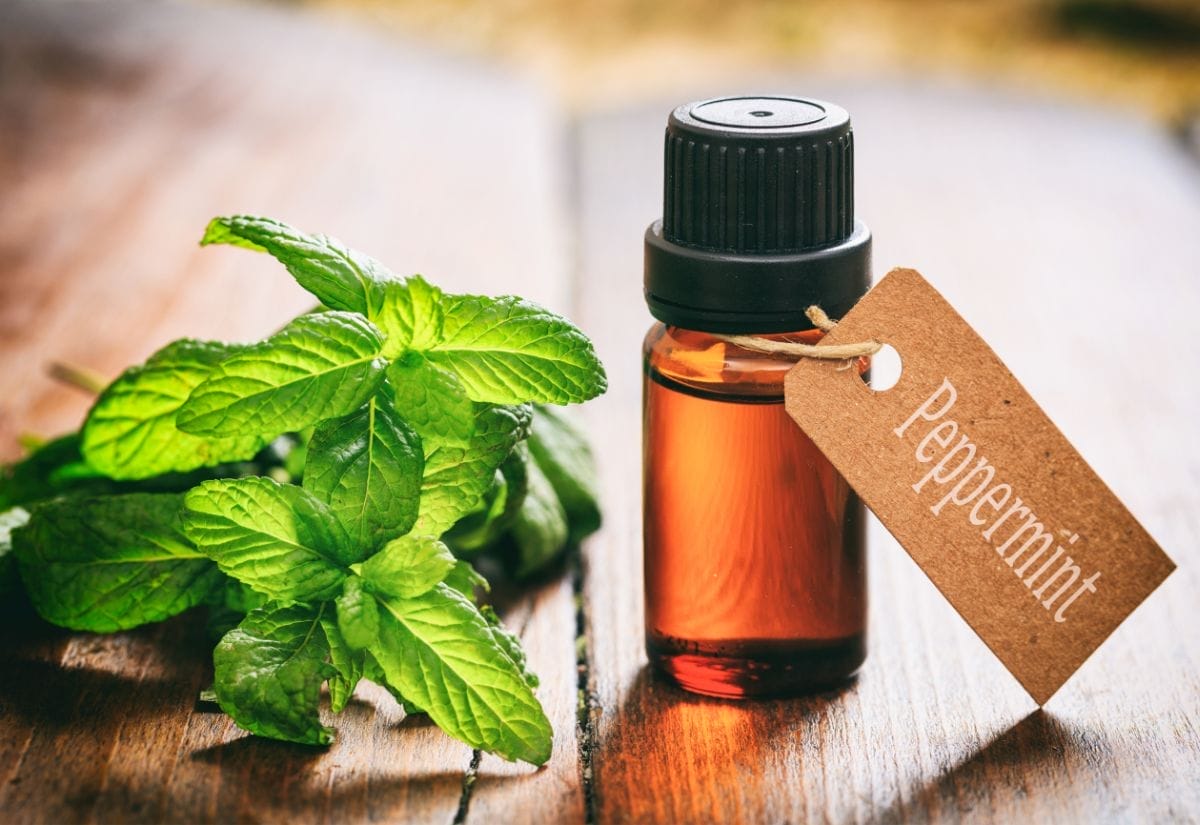
Still Wondering About DE and Ants?
Save this pin and say goodbye to ants—without harsh chemicals!
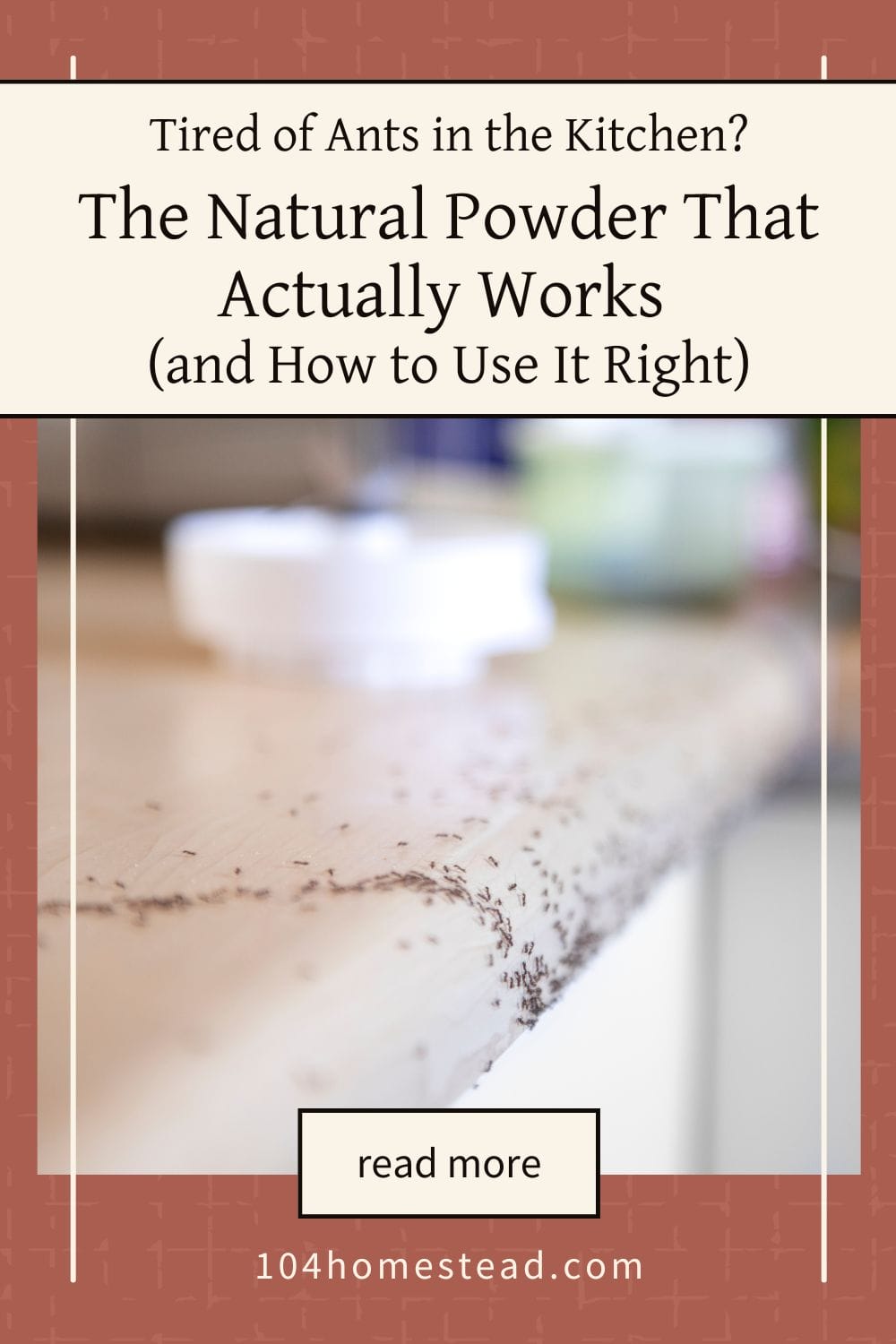
If you’re exploring chemical-free pest control methods for your home or garden, I’ve written more on this topic. You might also like these natural insect repellents for your homestead or these quick-working natural garden pest control tricks for more practical ideas.
Ants are persistent, but so am I. And after years of battling trails in the kitchen and swarms in the coop, diatomaceous earth has earned its place on my homestead shelf. It’s simple, affordable, and actually works without coating everything in poison.
Now I’m curious—have you tried DE for ants? Did it work for you, or do you swear by something else? Share your tips or ask questions in the comments below!





Whereas ants can be a real problem. I’m not into killing them 9or other creatures) as they are part of the natural design of the place ( I did have one time when the kitchen table was literally swarming with ants…I’d left an electric cable running from the back of the house into the kitchen…. the ants thought I’d laid an new highway),
Here, at this place, which I moved into in March this year I have a major deal with red ants….Everywhere (except the house, maybe cos it’s a ruin that I am rebuilding – seriously, four weals and a roof, that’s it).
Anyway, I degress. I’ve had two instances where ants have decided that they may try to get closer to the house. And, while being dubious of the natural deterrent I used cinnamon powder. It works amazingly, it even cleared out a nest in less than 15 minutes.
Even sticking bits of broken up cinnamon bark works, and it hangs around longer than the powdered stuff does.
That’s wonderful to hear!
I’ve used DE in the house, on their trails & down their nests. No luck. I’ve used borax with PB & with sugar. The ants had a party & sent a thank you note. I have mint growing 4 ft deep and tall (I DIDN’T plant it!) around parts of my home & there are ant colonies, apartment complexes and townhomes. They seem to enjoy cinnamon, cloves and citrus. I also believe they like my rum and may be paying the cats to act as lookouts. Good luck on getting rid of them, my friends. I have been unsuccessful. I believe I’ll join the ants in a few cookies and a strawberry daiquiri. 🙂
Thank you for posting. I have been searching for a more natural solution because we have lots of ants that recently took up in our kitchen and bathrooms, but I don’t want to use something like poison because I have chickens and I worry that the ants may bring the poison to the coop. I will be using DE, like you mentioned, I already use a small amount in the coop so I know it won’t harm my girls but it will hopefully eliminate the pests. Thank you 🙂